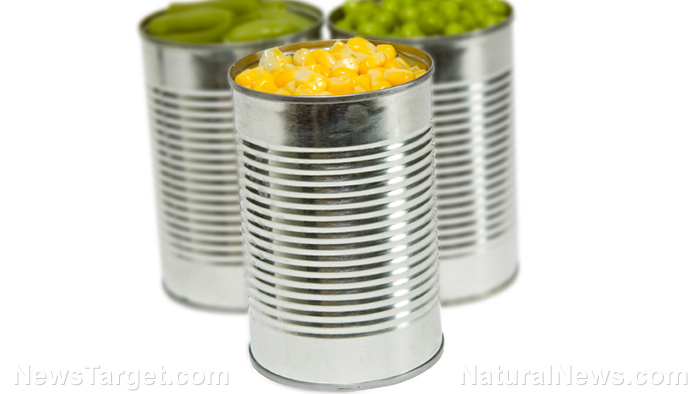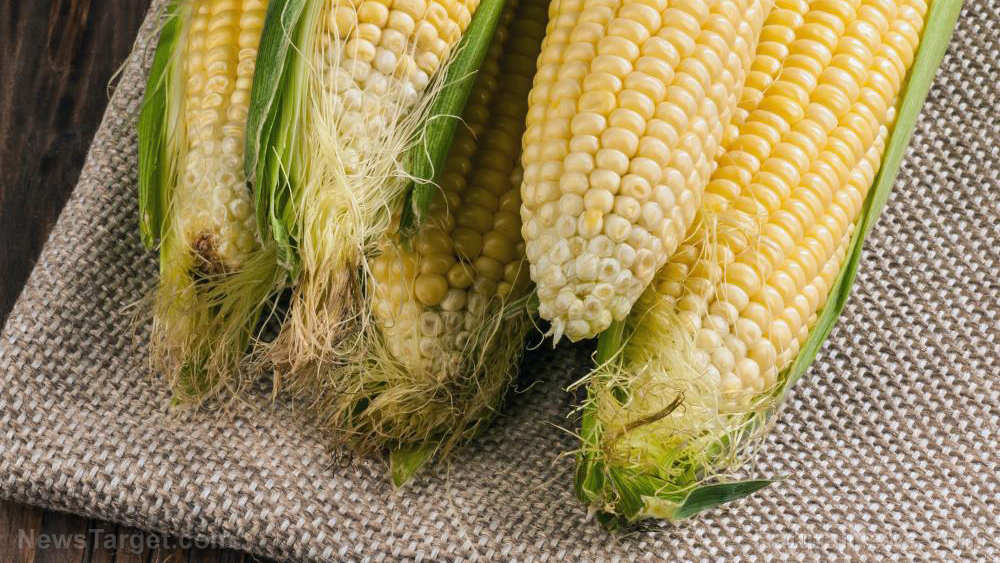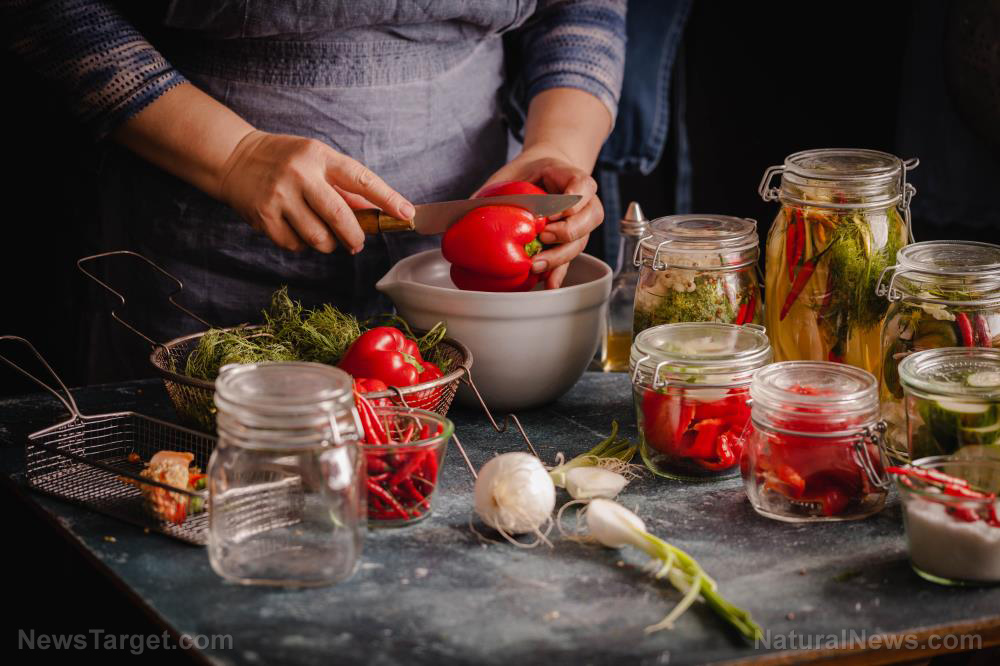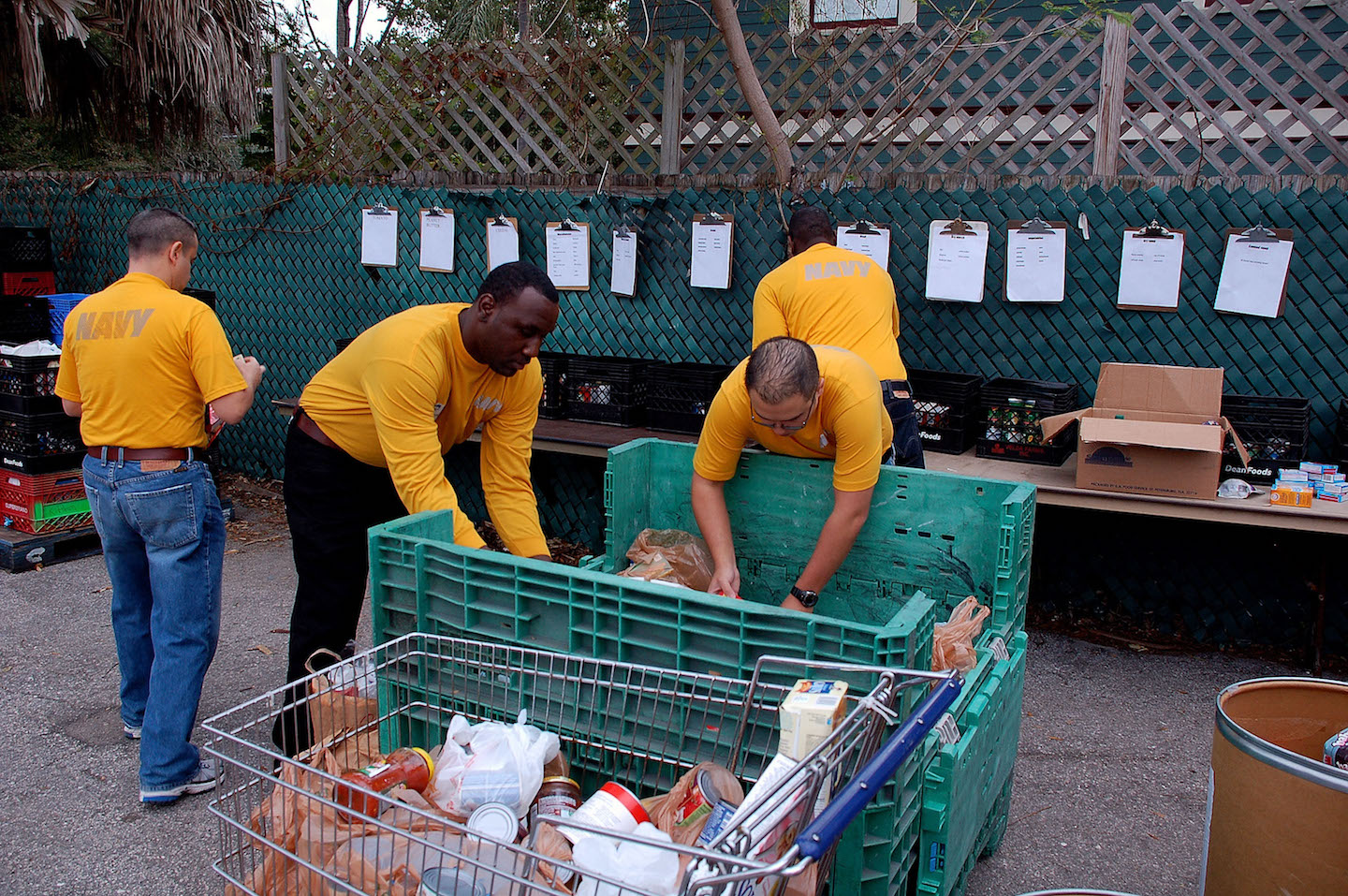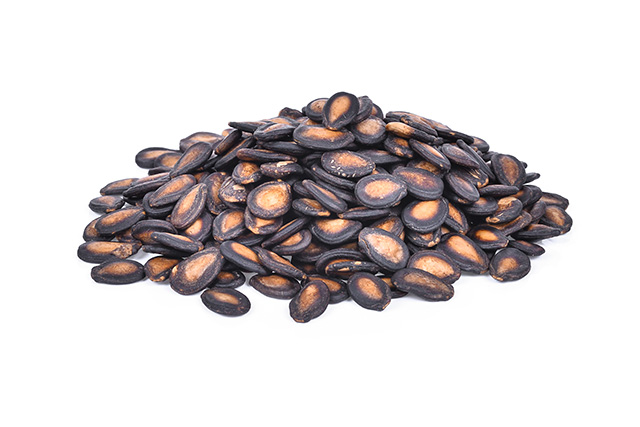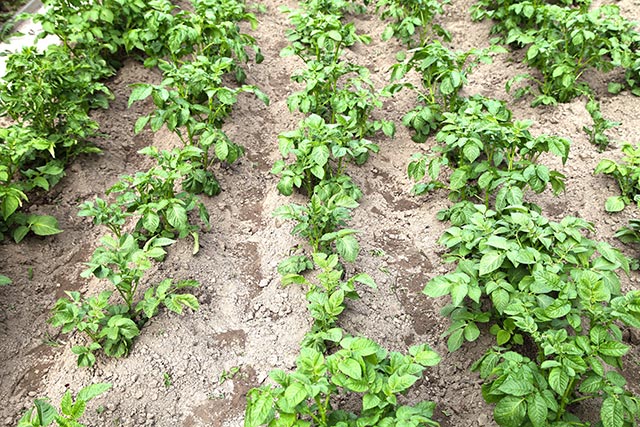How long do you need your food supply to last?
03/17/2016 / By usafeaturesmedia

(Bugout.news) If you listen to government agencies like FEMA there is little need for you to stock up on food, water and other supplies for longer than three days. Seventy-two hours, FEMA says, is enough to get you through because government services on the local, state and federal level will be there by then to save the day.
But you don’t really believe that – do you? If not, good, because you shouldn’t.
Granted, FEMA recommends you supply yourself and your family for “at least” 72 hours, but there certainly are situations where are going to need more food, more water, and more supplies for longer periods.
Let’s take a look at various timeframes and see what works best for those timelines.
72 hours
Depending on your situation, this timeframe is very likely going to be the easiest to prepare for. If there is an emergency in your area but you’ve still got electricity (or you’ve got solar back-up) then your perishable food supply will not be inadvertently affected.
Still, what FEMA and other agencies recommend is a three-day supply of non-perishable, no-cook food supply which covers the typical family through just about any disaster they face. This gives you a safety net until you can get out to shop for supplies and food in a re-stocked grocery store or market, which will likely happen in this kind of timeframe.
This small cadre of food and water is relatively easy to afford, takes up little room and can be quickly rotated and restocked.
One week
A few winters ago we suffered through a major ice storm, and some folks in our area lost their power from 4-7 days. In a situation like that, you never know when you’re going to get power again, so it’s best to plan for the longest period you’re likely to be in an emergency or unusual situation.
A week’s worth of food and water is still not that expensive, easily stored and rotate-able. Plus, if you have to leave, this amount of supplies is still easy to throw in your car or truck if you have to bail. Again, you should have non-perishable, no-cook food, as well as 3-4 24-packs of bottled water.
But again, what if one week isn’t enough?
One Month
Okay, now it’s getting serious.
One month of food – depending on the number of mouths you have to feed and how much they tend to eat in a day’s time (toddlers not as much as teens) could require an entire closet or room for storage. This amount of long-term storage food is a bit more expensive but it’ll be worth it to not have to venture out into an environment that is potentially hostile to forage for food.
Plus, if the crisis wound up being short-lived, you’d have plenty of food to go around. Your one-month stash ought to include lots of no-cook foods but also some dry goods, for variety and for their longer shelf life and lower cost.
One Year
Obviously a food store of this magnitude isn’t for everyone. It would include some no-cook foods, but also some staple foods that are long-term storable. A large food bank of this size would require a large and secure storage area, and here’s something else – it would require a commitment to stay in place because you obviously could not haul all of it (or you could stock up a bugout location instead and use your three-day pack, above, to get there).
And it’s important to remember that our ancestors very often stored up to a year’s worth of food at a time, to sustain them between harvests. So you might even say that hoarding food is in our blood.
While a food bank of this size would be the most expensive option of the various timeframes listed, you have to consider what it would be worth to have that kind of food [and water] security for a prolonged period of time.
After a major collapse, being able to feed yourself and your family for months would be invaluable.
Bugout.news is part of the USA Features Media network of sites.
Tagged Under: Collapse, Food storage


